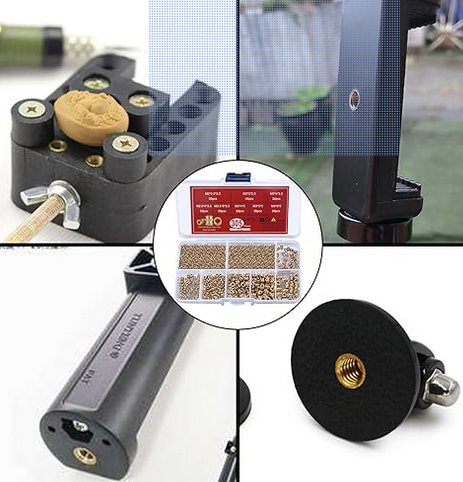3D Printed Carbon Fibre
Carbon Fibre – Ultra-Strong, Lightweight, and Built for Serious Performance
Overview
Carbon fibre is one of those materials people hear about and immediately think “high performance.” And they’d be right. Whether it's chopped carbon used in reinforced filaments, or continuous carbon fibre in specialist parts, it’s all about max strength with minimal weight.
Now, in 3D printing, we’re usually dealing with carbon-fibre-infused thermoplastics like Nylon-CF, PLA-CF or PETG-CF — but the reason they work so well is that carbon does what no other filler does. It stiffens, strengthens, and stabilises. Less flex, more consistency, and better performance in demanding conditions.
When a customer comes in asking for high-rigidity, low-weight parts — this is the path we point them toward.
Key Technical Benefits (Applied to Carbon-Reinforced Parts)
• Stiffness: 4–6x more rigid than base material
• Tensile strength: Up to 110 MPa depending on matrix
• Heat resistance: Often improves with reinforcement
• Weight: Significantly reduced vs metal alternatives
• Warping: Minimised thanks to added stability
• Surface finish: Matte, with a textured carbon look
• Fatigue resistance: Excellent — handles repeated stress well
You’re not just printing a plastic part — you’re printing something that acts like a proper engineering component.
Why Engineers Choose Carbon Fibre
Carbon fibre isn’t about cosmetic upgrades — it’s about parts that hold their own in real‑world conditions. Engineers use it when:
• The part needs to stay rigid under force
• You want to reduce weight without losing strength
• Dimensional accuracy matters under temperature change
• You’re replacing metal brackets or tooling parts
• You need performance — not just plastic
This is the material we use when “good enough” isn’t good enough.
Where We Use Carbon Fibre Reinforced Prints
We’ve used carbon-fibre filled materials for:
• Drone mounts and aerospace components
• Lightweight brackets and frames
• High-stress mechanical arms or levers
• Jigs and fixtures that see daily use
• Robotics and automation parts with moving loads
• Custom performance parts in motorsport and cycling
If the customer says, “Can you make this lighter, but just as strong?” — carbon fibre is the answer.
Things to Watch Out For
Here’s what we always tell customers:
• Carbon fibre is brittle under sudden impact — don’t expect it to flex
• It’s abrasive as hell — we only run it on hardened nozzles
• Print settings matter — strength depends on how the part is oriented
• Surface finish looks high-end, but doesn’t always polish clean
So it’s not for everything — but when it’s right, it’s hard to beat.
Why Buyers Like Carbon Fibre-Infused Parts
If you're sourcing parts that:
• Need to replace machined aluminium
• Have to be strong and lightweight
• Require high visual and mechanical performance
• Need fast turnaround without tooling
Then carbon-reinforced 3D printing gives you a serious edge. It shortens your lead time, cuts your costs, and still delivers the performance you’d expect from metal or composite layups.
Why We Use It at Mitchell & Son
We had a customer building a lightweight robotic arm. He tried PETG, tried Nylon — parts were sagging under their own weight. I said, “Let’s run it in carbon-fibre Nylon. It'll be stiff, light, and you won’t have to reprint in six months.” He didn’t just like the result — he came back for six more arms.
That’s what we do — we choose materials that solve the real-world problem, not just sound good on paper.
SOME INFOMATION ABOUT THE MATERIAL
The carbon fibers are chopped up into fine pieces and mixed into the plastic before it gets extruded into a spool for use with material deposition-based 3D printers. The close-up of the carbon fibers reveals their intricate structure, and the way they are cut into tiny pieces makes them look like black confetti.
The carbon fibers are a key ingredient in 3D printing, as they provide strength and stability to the printed object. Without them, the object would be fragile and easily breakable.
The carbon fibers are also responsible for the unique grainy texture of 3D-printed objects. This texture is created by the way the fibers are cut up and mixed into the plastic.
The carbon fibers are cut into very fine pieces so that they can be evenly distributed throughout the plastic. If the fibers were not cut up into small pieces, they would clump together and create areas of high and low density within the object.
The carbon fibers are an essential part of 3D printing, and their properties make them perfect for creating strong and stable objects with a unique grainy texture.













